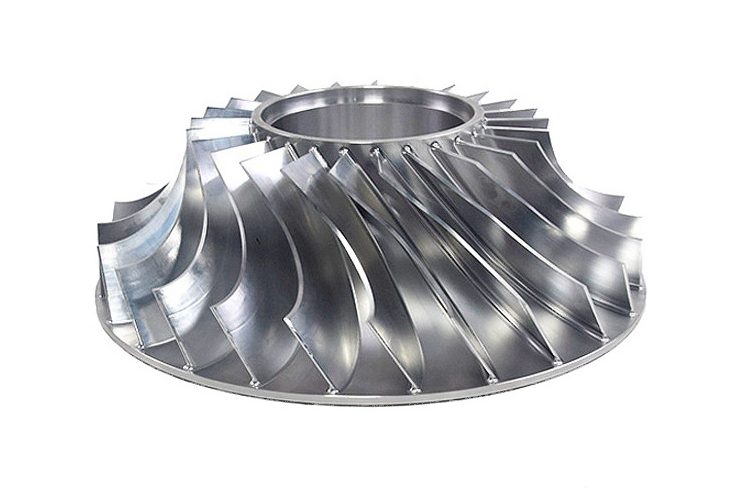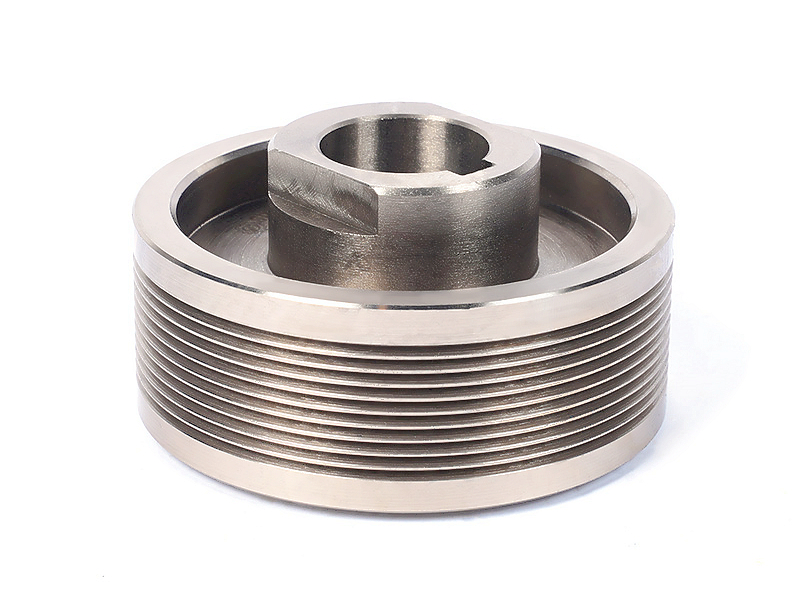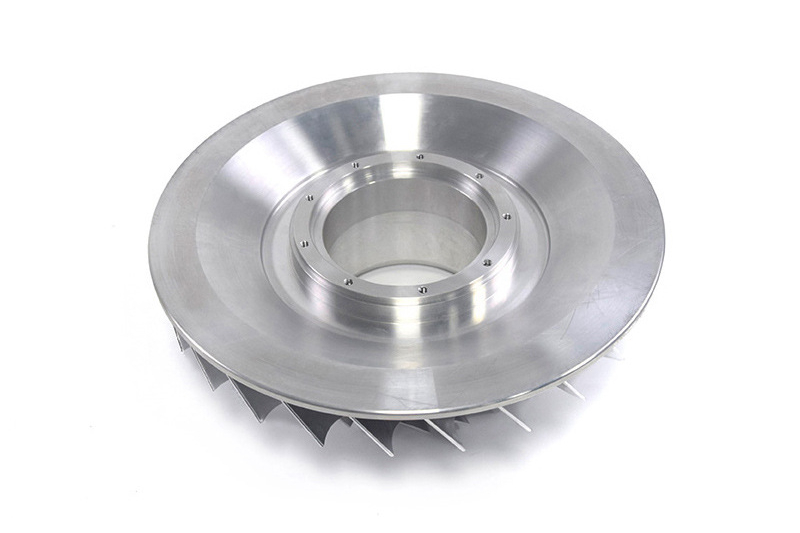How to effectively control deformation of thin-walled titanium parts?
Effectively controlling deformation in thin-walled titanium parts is one of the most demanding challenges in precision machining, requiring a holistic strategy that addresses thermal, mechanical, and residual stress factors. The low modulus of elasticity and poor thermal conductivity of titanium, combined with the inherent low rigidity of thin-walled geometries, make them highly susceptible to distortion during and after machining.
Comprehensive Process Planning and Strategy
The foundation of deformation control is a strategic machining sequence. A fundamental principle is to employ symmetrical machining to balance residual stresses. This involves removing material evenly from both sides of a wall in alternating steps, rather than completely finishing one side before moving to the other. For complex parts, this is best achieved with Multi-Axis Machining Service, which allows for reorienting the part to maintain a consistent cutting approach and avoid concentrated stress buildup. Furthermore, the process should be divided into roughing, semi-finishing, and finishing stages. Roughing removes the bulk of material uniformly, leaving a consistent stock allowance. A critical intermediate stress-relief heat treatment, often facilitated by our partners for Heat Treatment for CNC Machining, is performed after roughing to dissipate the induced stresses before any finishing operations begin.
Advanced Toolpath and Cutting Strategies
Modern CAM programming is essential for generating toolpaths that minimize deformation. Trochoidal milling and constant tool engagement strategies should be employed to maintain a steady, low radial depth of cut, which prevents localized heat buildup and reduces cutting forces that can cause thin walls to push and deflect. In finishing passes, the use of spring passes—re-running the same toolpath without adjusting the tool offset—allows the tool to cut away material that may have sprung back after the initial pass due to part deflection. For internal corners and pockets, CNC Boring Service can provide a more stable and accurate solution than milling, as the boring bar operates in a continuous, controlled circular path.
Optimized Workholding and Fixturing
Rigid workholding is non-negotiable, but it must be applied intelligently to avoid introducing new stresses. Custom-designed modular fixtures that support the part's geometry at critical points are ideal. Vacuum chucks or low-melt alloy fixtures are excellent for supporting large, thin webs without applying clamping pressure that could cause distortion. The goal is to mimic the final boundary conditions of the part as closely as possible during machining. For prototypes or low-volume production, techniques developed for CNC Machining Prototyping can be adapted to create bespoke, minimally restrictive fixtures that secure the part effectively while allowing optimal tool access.
Precise Cutting Parameters and Tool Selection
Cutting parameters must be fine-tuned for thin-wall titanium. A higher feed rate with a lower cutting speed is generally preferred to reduce heat generation and work hardening. Sharp, uncoated or PVD-coated carbide tools with high positive rake angles and polished flutes are critical to shearing the material cleanly with minimal cutting forces and heat. For final finishing, a smaller step-over (axial depth of cut) is used to further reduce the load on the part. The expertise from our Titanium CNC Machining Service is crucial here, as it encompasses the specialized knowledge of tool geometries and parameter windows specific to titanium's behavior.
Aggressive Thermal and Mechanical Stress Management
Controlling heat is paramount. A high-pressure coolant system, preferably through the spindle and tool, is essential to flush chips and carry heat away from the cut zone. This prevents thermal expansion during machining, which would later contract and cause distortion upon cooling. Furthermore, minimizing the radial depth of cut (stepover) to less than 30% of the tool diameter significantly reduces the cutting force and the resultant bending moment on the thin wall.
Post-Machining Validation and Correction
Finally, a robust inspection process is required. Parts should be measured while still fixtured to establish a baseline, and then again after being released to check for spring-back. For critical components, a final non-contact inspection method may be used. In some cases, a final Electropolishing for Precision Parts can be applied to remove micro-burrs and a tiny, uniform layer of material without introducing mechanical stress, which can help alleviate minor surface stresses and improve fatigue performance.



